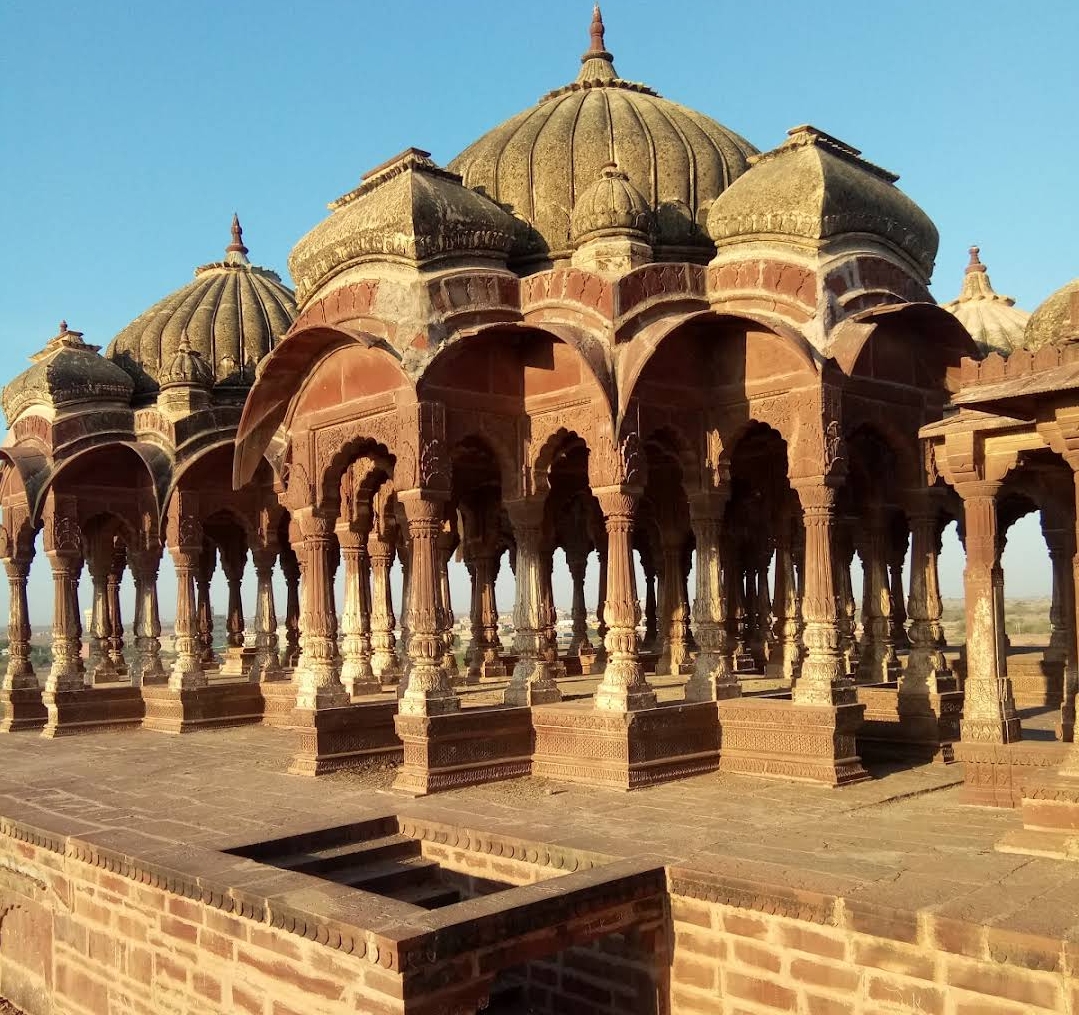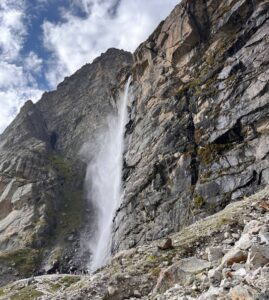Located in Rajasthan’s desert region, Kiradu Temple is a secret treasure renowned for both its amazing architecture and the unsettling stories that surround it. Situated in close proximity to Barmer town, this collection of temples is sometimes called the “Khajuraho of Rajasthan” because of its elaborate carvings.
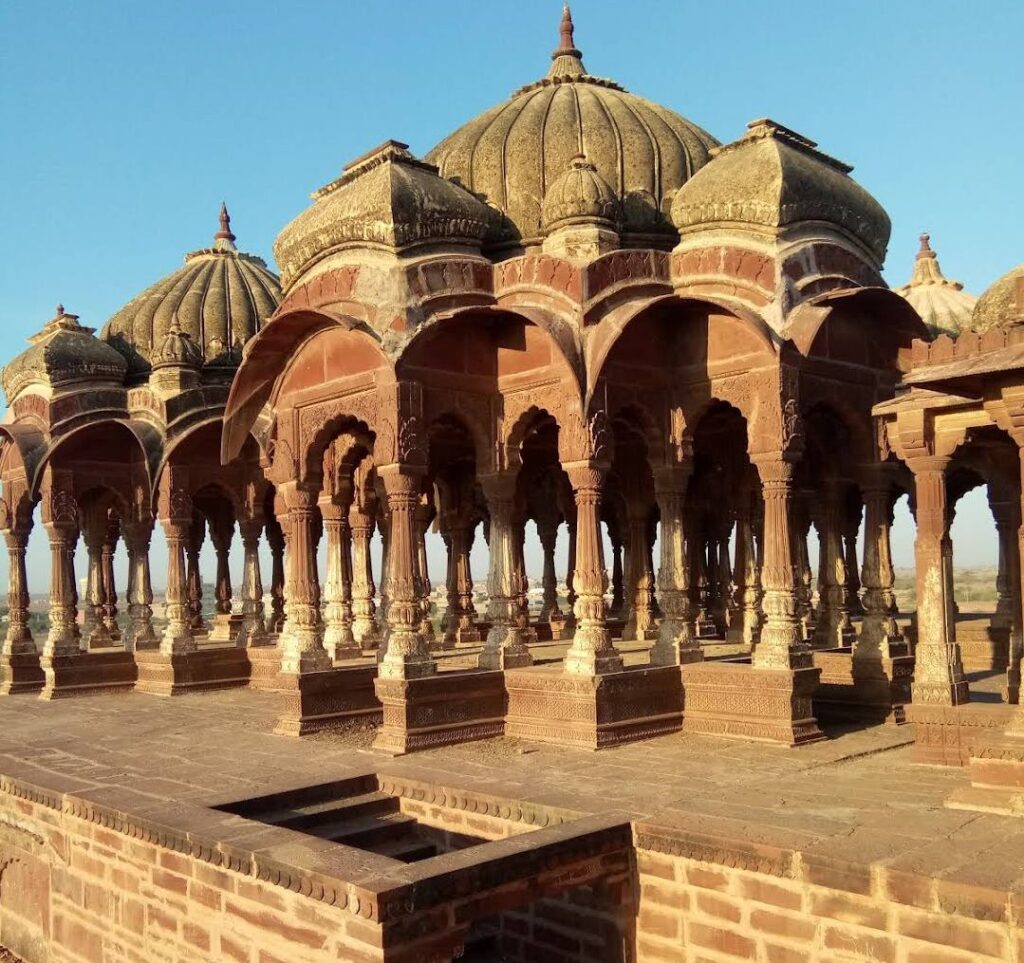
What distinguishes Kiradu, though, is its aura of mystery; the locals think the location is cursed, which is why it is abandoned after dusk. This blog article will examine the fascinating architecture, eerie legends, and rich historical background that make Kiradu Temple an intriguing and must-see location.
Table of Contents
Historical Background of Kiradu Temple
Believed to be established in the eleventh or twelfth century, Kiradu Temple held great religious and cultural importance in the past. It is claimed that the Parmar dynasty’s emperors, who were supporters of both art and building, erected it. Though it has elements of Jain and other Hindu traditions, the temple complex was principally dedicated to Lord Shiva.
Kiradu Temple was obscured despite its beauty, mostly as a result of natural disasters and invasions. Ruins and local legend are all that remain of the site after it was abandoned and forgotten for generations. There are still five temples remaining today, the most famous being the Lord Shiva-focused Someshvara Temple.
The site may have formerly been extremely prosperous because of its placement along the historic trade routes that connect Gujarat and Rajasthan. However, the temple’s fortunes declined and its once-bustling corridors became silent due to the rise of rival dynasties and a loss in regional dominance.
Architectural Splendor
Kiradu Temple is an architectural marvel, featuring a style that blends North Indian and South Indian temple architecture. The temples exhibit a Nagara-style design with towering spires (shikharas) that rise high above the desert landscape, a testament to the builders’ craftsmanship.
A noteworthy attraction are the intricate sculptures that cover the walls of the temple. These include scenes from old Indian epics like the Ramayana and Mahabharata, legendary animals, heavenly dancers, and representations of Hindu gods and goddesses. The Most elaborate work may be seen on the Someshvara Temple, where the Parmar craftsmen’s ability is displayed in the exquisitely carved figures of yakshas (nature spirits) and apsaras (celestial dancers).
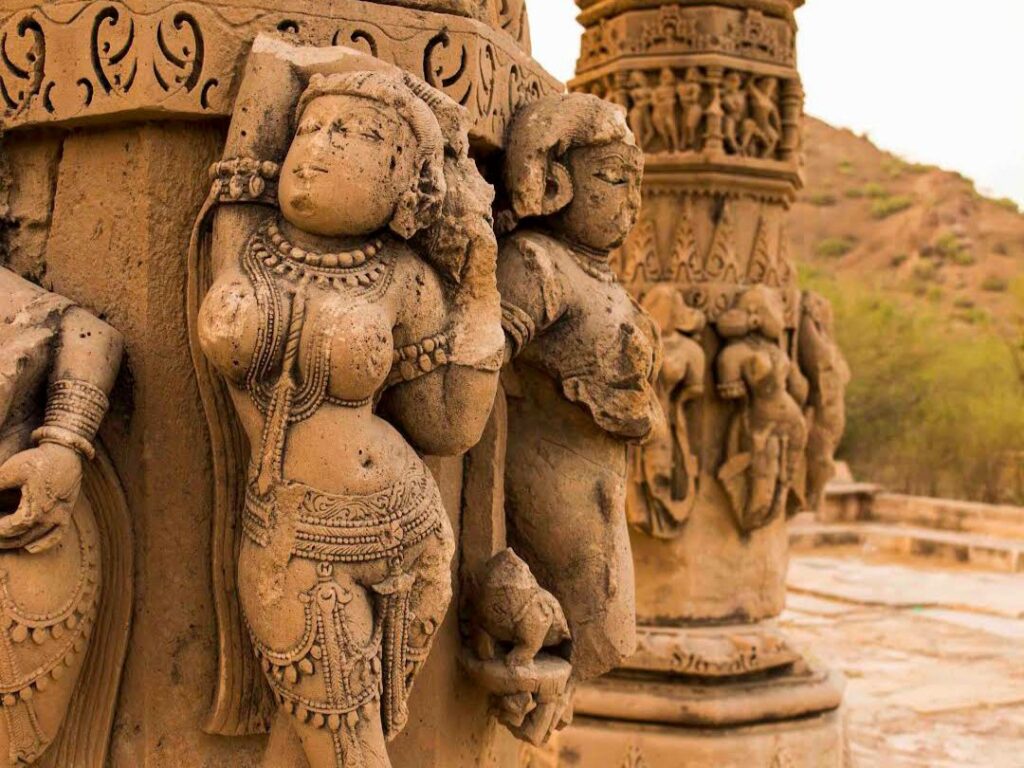
The god would have been housed in the garbhagriha, or sanctum sanctorum, of the temple. Nevertheless, it is vacant now, adding to the complex’s overall impression of despair.
The temple pillars are among Kiradu’s most remarkable architectural elements. These intricately carved pillars, which include human beings, animals, and plants, provide a window into the era’s religious and cultural practices. The sophisticated building methods employed by the artisans are demonstrated by the use of sandstone and the exact positioning of the pillars and roofs.
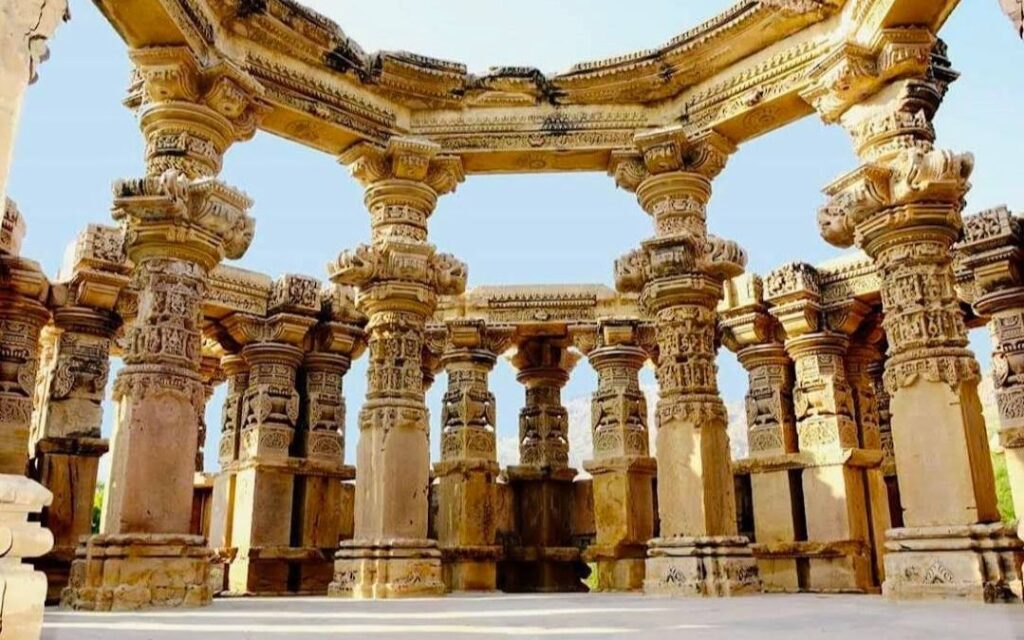
Legends and Mysteries of Kiradu
The mythology around Kiradu Temple is what really draws people in. The most well-known story centers on a curse that the temple and the neighboring town are supposed to have suffered. Folklore from the area claims that a sage and his disciples once resided in Kiradu. The sage left his disciples in the care of the people and embarked on a pilgrimage. But upon his return, the sage discovered that while the rest of the town disregarded their responsibilities, only one woman—the potter’s wife—had taken care of them.
The sage cursed the community, sending it to ruin, out of fury. The potter’s wife was saved by him, but only if she left the village before dusk. It is believed that she disregarded the sage’s advice and turned into stone as she turned to face the temple. Since then, the mysterious reputation of Kiradu has been attributed to the belief that anyone who remains there after sunset is turned to stone.
Due of this enduring legend, residents still stay away from the temple complex after nightfall. The temple’s eerie ambiance and abandoned town contribute to its allure; many tourists have noted an unsettling quiet as dusk approaches.
Despite the legend, there has been no scientific evidence to support the claim of the curse. However, the lack of human settlement around the temple and the desolation that surrounds it only serve to deepen the mystery. This has made Kiradu Temple a focal point for paranormal enthusiasts and curious travelers alike.
Cultural and Religious Significance
Kiradu is still very important in terms of both culture and religion, even if it is mainly in ruins. The temple complex provides insights into the religious rituals of the era and is a monument to Rajasthan’s rich spiritual legacy. The site was essentially a Shaiva (followers of Lord Shiva) center, however its design also reflects aspects of Jainism and Vaishnavism.
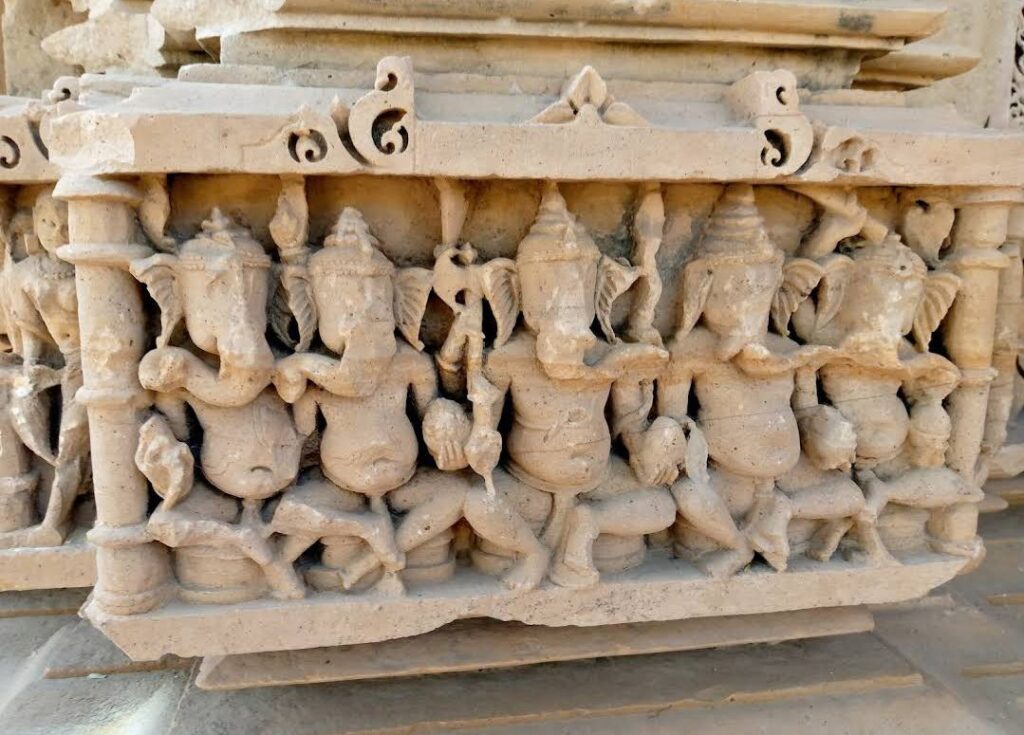
The addition of several legendary scenarios and the presence of numerous deities imply that the temple complex functioned as a significant religious center for devotees of diverse faiths. Furthermore, the intricate carvings on the temples provide a glimpse into the past by reflecting both religious devotion and the sociocultural life of the period.
For devotees, Kiradu Temple remains a sacred space despite the folklore. Pilgrims occasionally visit the temple to pay homage to Lord Shiva, especially during important Hindu festivals like Mahashivratri.
How to Reach Kiradu Temple
Reaching Kiradu Temple is relatively easy, though the remoteness of the site adds to its allure. The nearest town is Barmer, located about 35 kilometers away. Barmer is well-connected by road and rail to major cities like Jodhpur, which is around 150 kilometers away.
- By Air: The nearest airport is Jodhpur Airport, from where one can hire a taxi or take a bus to reach Barmer.
- By Train: Barmer has its own railway station with trains connecting it to Jodhpur, Jaipur, and other major cities in Rajasthan.
- By Road: The site can be reached via the National Highway 68, with regular buses and taxis available from Barmer to Kiradu.
For those who prefer an offbeat adventure, the road to Kiradu Temple offers a scenic drive through the desert, punctuated by the occasional glimpse of local wildlife and rural life.
